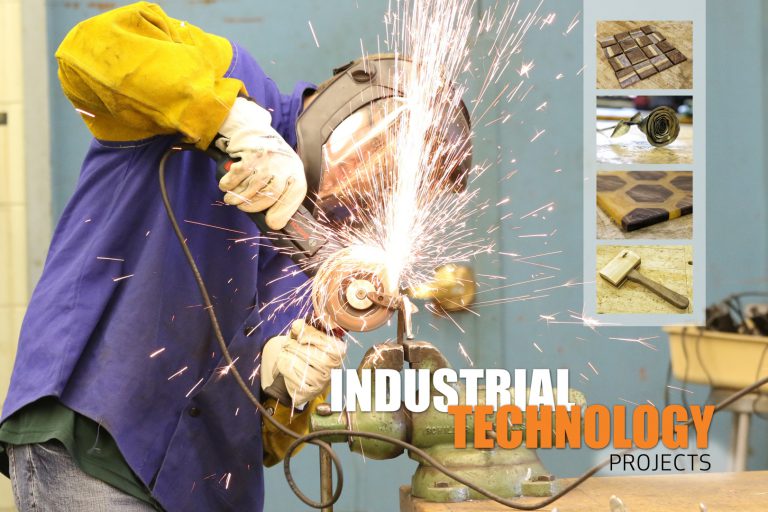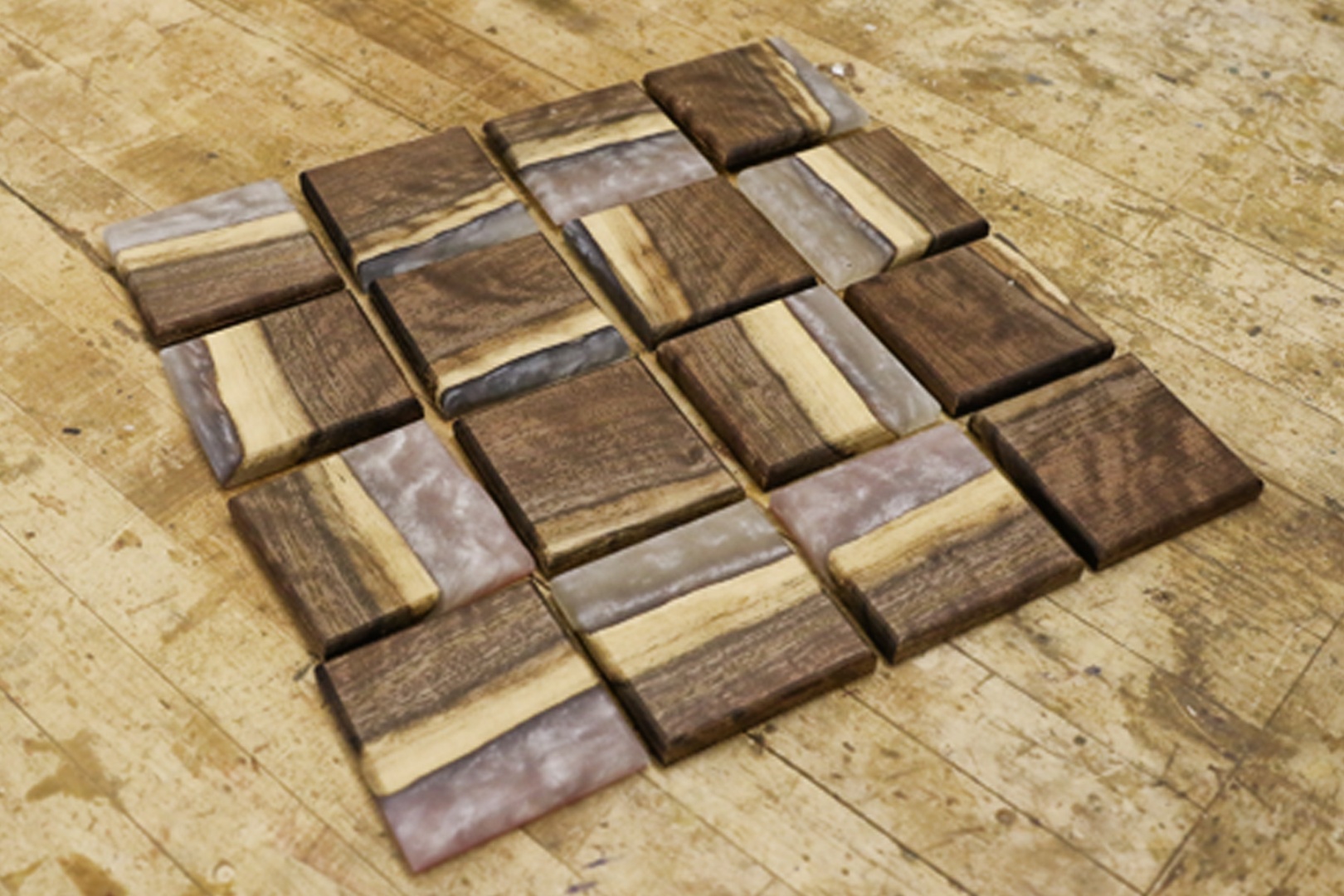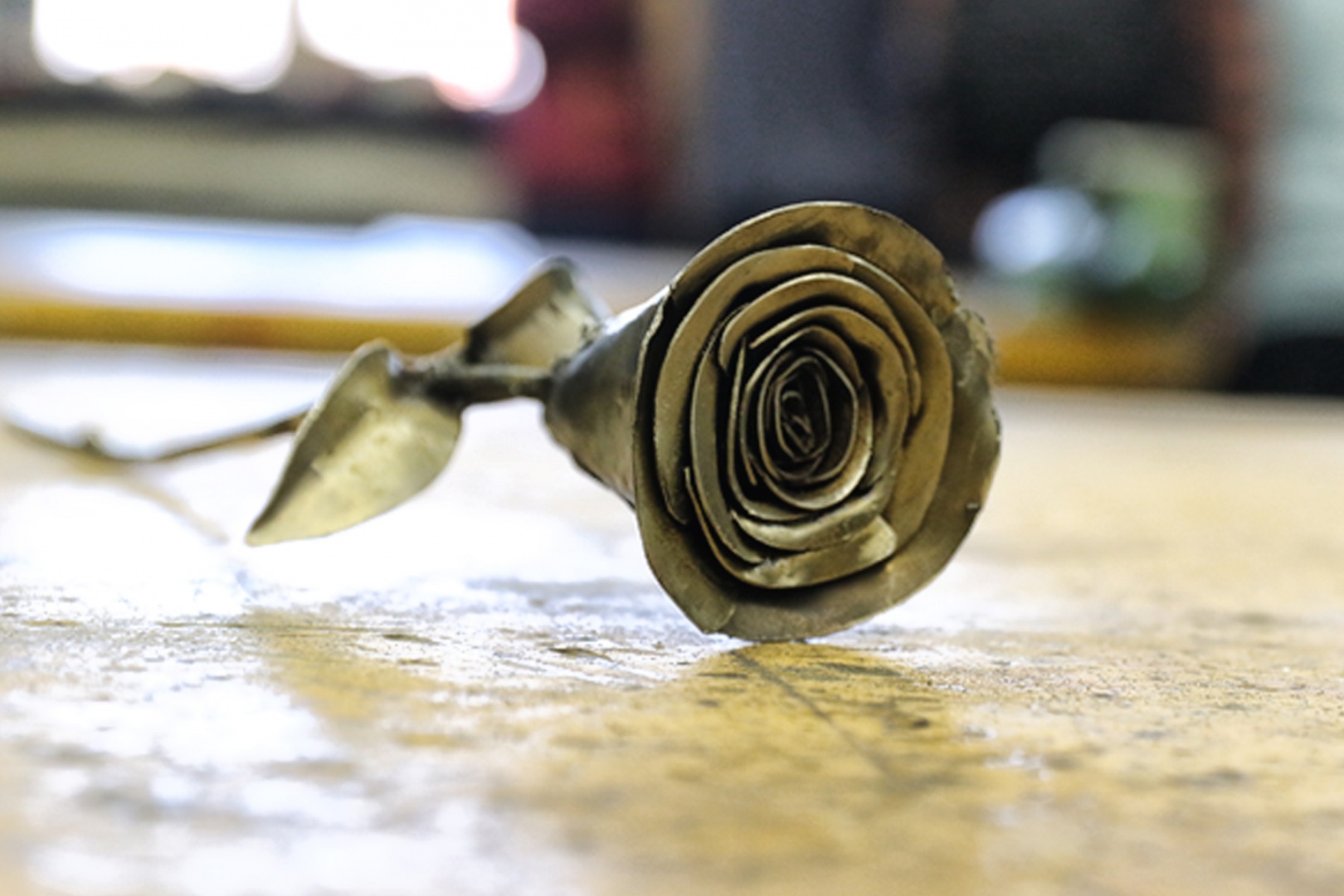

Industrial Technology Projects

The Ames High industrial technology department offers a variety of classes that consistently produce outstanding projects. The department as a whole provides courses in Woodworking, Metals, Robotics, and CAD. Under the guidance of teachers Michael Scaramellino and Kent Jahn, students have access to a range of materials and equipment, with tool safety being a primary focus for both teachers. Many of the classes are guided through projects, but as students progress in proficiency, they have the ability to self-guide on projects they pick. With CAD software, a laser engraver, plasma cutter, and an arsenal of woodworking equipment, students are consistently churning out amazing projects from wood boxes, cutting boards, coasters, and a variety of amazing scrap metal projects.

Epoxy Coasters – These epoxy coasters started as a long wood log that was prepped to the desired approximate size. A mold was made around the walnut lumber to hold the epoxy. The walnut was about 4 inches x 4 inches by 3 feet long. Mica powder was added to the epoxy before the mixture was poured on it to add the color effects. Once everything was dry, the piece was sliced up into these coasters.

Scrap Sheet Metal Rose – This rose is made from scraps and cut offs of sheet metal. Templates were made to create differently sized petals. Once made, each piece was rounded and shaped by hand to create the petals of the rose. Little by little, each piece is welded together starting from the middle and working toward the outside of the rose. The stem is added at the end of the process as the final piece.

Epoxy Art – After a template was created for the hexagons using a table saw, a mold was created for the walnut lumber and epoxy to sit in. Once the hexagon pieces were laid out, an orange mica powder and epoxy mix were poured around the wooden pieces. After it hardened, this piece becomes translucent when a light is held behind it, creating a very unique effect.

Midterm Wooden Mallets – Students were given a tutorial video on how to construct the mallet, with dimensions and process. The head of the mallet is made up of 3 pieces, with 2 taped cuts on the middle piece to create a wedge for the handle to slide into. The mallet head is filled with BB’s to make it be a dead blow mallet. Students had the opportunity to customize the handle for a personal touch.